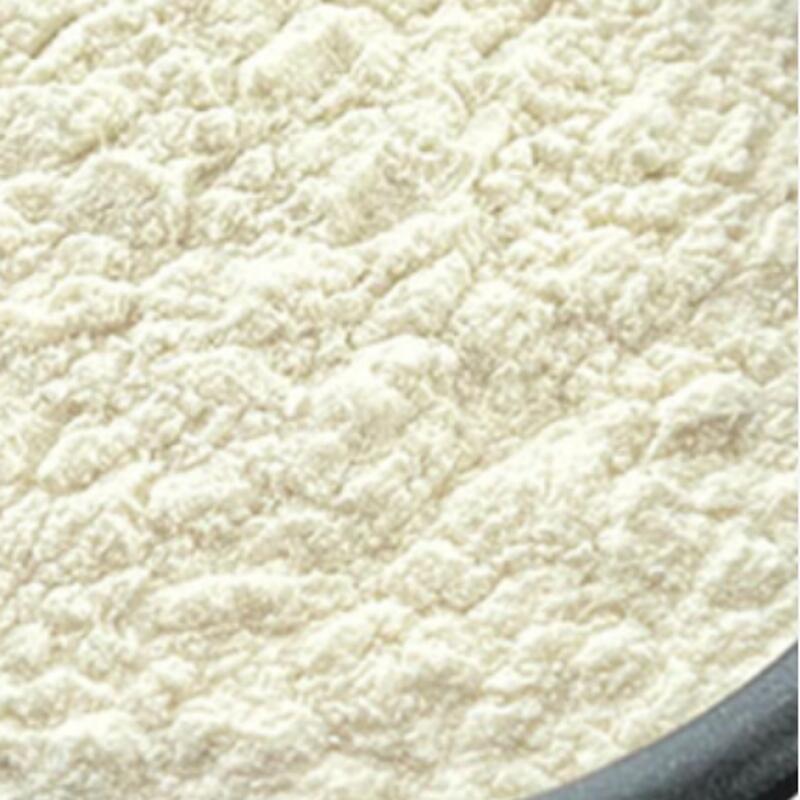-
Categories
-
Pharmaceutical Intermediates
-
Active Pharmaceutical Ingredients
-
Food Additives
- Industrial Coatings
- Agrochemicals
- Dyes and Pigments
- Surfactant
- Flavors and Fragrances
- Chemical Reagents
- Catalyst and Auxiliary
- Natural Products
- Inorganic Chemistry
-
Organic Chemistry
-
Biochemical Engineering
- Analytical Chemistry
-
Cosmetic Ingredient
- Water Treatment Chemical
-
Pharmaceutical Intermediates
Promotion
ECHEMI Mall
Wholesale
Weekly Price
Exhibition
News
-
Trade Service
[Structural formula]
[Physical and chemical properties] Acetone oxime is also called dimethyl ketoxime
[Preparation]
(1) Hydroxylamine sulfate method
From the reaction of acetone and hydroxylamine sulfate
Pan Xiangjun et al.
(2) Ammonia method
Mi Zhentao and others used acetone, ammonia and hydrogen peroxide as raw materials, dissolved acetone in isopropanol at a dosage of 100-300g solvent/mol acetone, and added TS- in the above-mentioned acetone solution at a dosage of 3-10g catalyst/mol acetone.
Into a 200mL reactor, add 1.
The method has the advantages that the reaction efficiency is relatively high, the reaction process is simple, and there is no pollution and harm caused by traditional processes
[Technical Index]
[Application] Acetone oxime is a new type of boiler feed water deoxidizer.
2(CH 3 ) 2 C=NOH+6Fe 2 O 3 →2(CH 3 ) 2 C=O+4Fe 3 O 4 +N 2 O+H 2 O
The high-temperature decomposition products of acetoxime formic acid, acetic acid and nitrogen oxides have no adverse effects on the water vapor system
Acetone oxime can also play a role in the shutdown (standby) protection of thermal equipment







